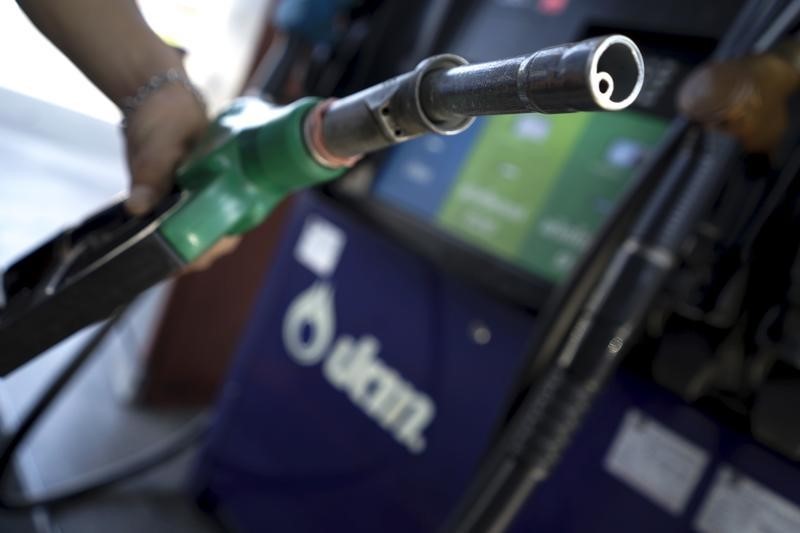By Barani Krishnan
Investing.com -- Oil prices extended their rally on Wednesday after the U.S. government reported an outsized weekly drop in crude stocks that seemed to reflect a heavy year-end destocking exercise by barrel holders to avoid taxation.
The data for the final week of 2020 from the U.S. Energy Information Administration also showed huge builds in stockpiles of fuel products gasoline and diesel, offsetting some of the bullish impact in the crude draw.
“Despite the shockingly large (crude) draw, all the products had large builds and gasoline demand fell to the lowest level since the start of the pandemic,” Ed Moya, analyst at New York’s OANDA, said.
New York-traded West Texas Intermediate, the key indicator for U.S. crude, settled up 70 cents, or 1.4%, at $50.63 per barrel. On Tuesday, WTI rose 5%, breaching $50 a barrel the first time since February after a surprise production cut announced by Saudi Arabia. The U.S. crude benchmark lost 21% last year due to demand lost during the Covid-19.
London-traded Brent, the global benchmark for crude, rose 70 cents, or 1.3%, to finish the session at $54.30. On Tuesday, Brent gained 5%.
U.S. crude inventories fell 8 million barrels for the week ended Dec. 31, against a forecast for a 2.1 million-barrel draw, according to the Energy Information Administration.
The crude drawdown, however, seemed more a function of destocking by the trade to avoid paying taxes on inventories typically calculated for the end of the calendar year. Normally, destocking occurs during mid-December but the trade appears to have waited this time till the final week of the year.
Exports of U.S. crude also accounted for the large stockpile drop. Crude shipments rose to a near-record level of 3.63 million barrels per day during the week to Dec. 31. At that level, the exports were about 33% of total U.S. crude production, which has been stagnant for weeks at 11 million barrels per day, according to EIA reporting.
Gasoline stocks rose 4.5 million barrels, well above the expected build of 1.5 million barrels.
Inventories of diesel-led distillates rose 6.4 million barrels, more than the expected 2.3 million barrel build.
Refinery crude runs rose 89,000 barrels and the refinery utilization rate was 1.3%.
